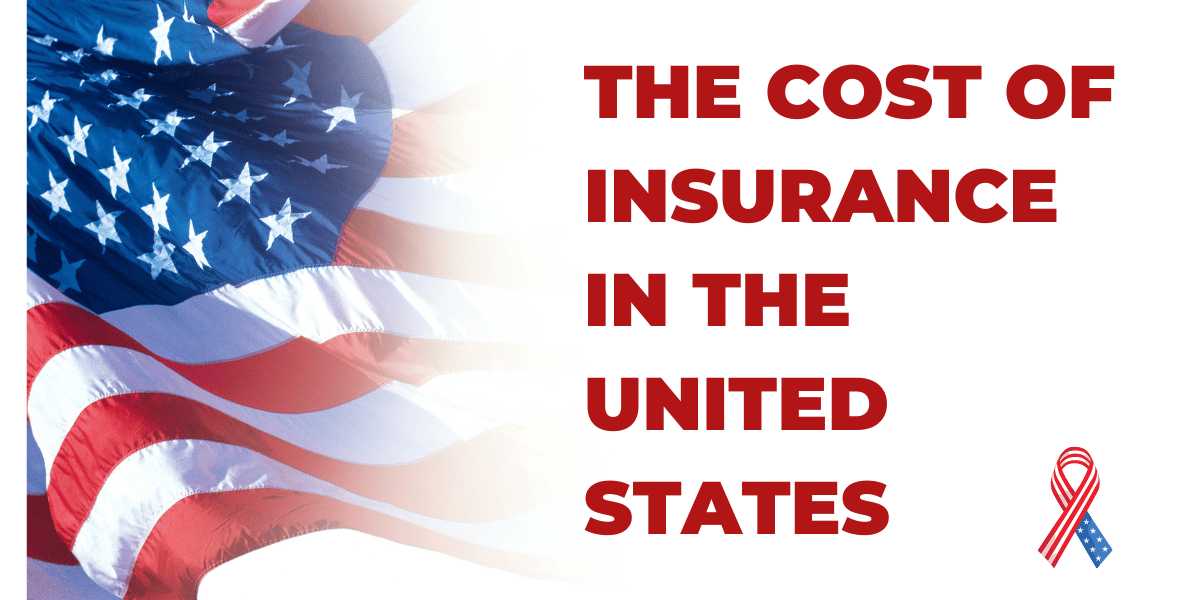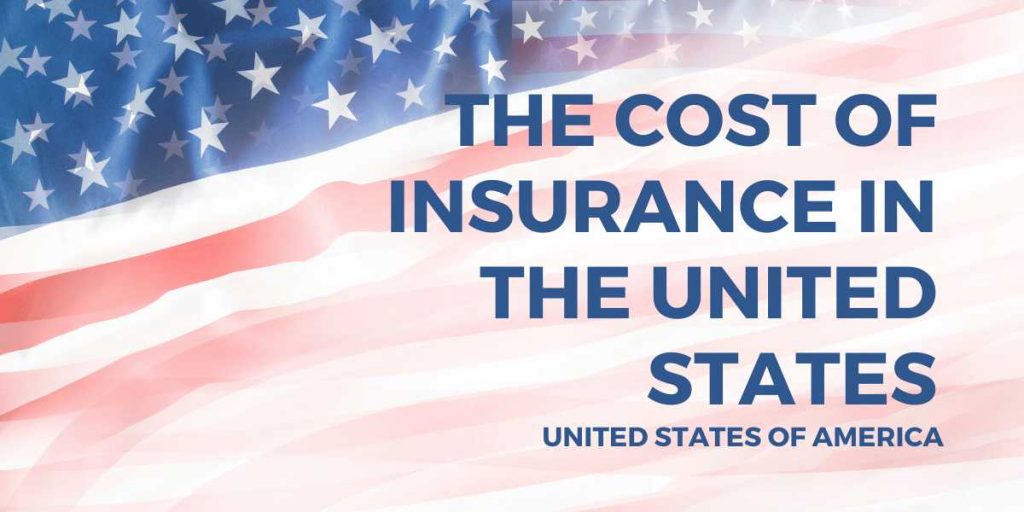The Cost Of Insurance In The United States

The cost of insurance is a hot topic these days, and for good reason. In 2017, the average American paid over $3,000 in premiums and out-of-pocket costs. And that’s just for health insurance; add in car insurance, home insurance, life insurance, and you’re looking at a serious dent in your wallet.
Fortunately, there are ways to save on insurance without sacrificing your coverage. In this blog post, we will explore some of the most cost-effective options for those looking for affordable insurance in the United States.
The Cost of Health Insurance
The cost of health insurance in the United States can vary substantially from state to state, with some states having much higher premiums than others. The table below shows the average premium for a 25-year-old male resident in each state in 2017.
Premiums as of September 2017 State Average annual premium Mississippi $2,517 North Dakota $1,485 Wyoming $1,221 South Dakota $1,137 Oklahoma $997 Alaska $962 New Hampshire $918 Vermont $899 Massachusetts $883 Illinois $847 Rhode Island $801 California $774 Minnesota $746 Ohio $705 Texas $701 Pennsylvania $684 Connecticut
While premiums do vary from state to state, it is important to remember that the cost of coverage does not have to be the highest price. There are a number of different types of policies available that can fit any budget.
For example, bronze plans offer lower premiums but may not cover all of the approved benefits for a particular policy. It is also important to find out if there are any discounts available for people who are age 50 or older or who have children under 18 living with them.
The Cost of Auto Insurance
Auto insurance is one of the most common expenses for Americans, and it’s not surprising given the high costs of vehicle ownership. The Cost of Auto Insurance report from Insure.com found that the average cost of full coverage auto insurance in the U.S. is $1,230 per year. That’s a whopping increase from just three years ago when the average cost was only $860 per year.
Insure.com broke down the costs associated with owning a car in America by state and found that California has some of the highest auto insurance premiums in the country, with an annual price tag of $2,160.
Arizona is also among the top 10 states with high car insurance rates, coming in at No. 7 with an annual cost of $1,790. In both cases, these prices are significantly higher than any other state on Insure.com’s list except for New York and Hawaii where premium costs top out at $3,000 and $4,500 respectively.
One reason for these high premiums may be that California has some of the strictest automotive safety laws in the country, which may lead to more accidents and resultant claims. Alaska is also among the states with high auto insurance rates due to its high number of miles driven and its low percentage of residents who own their own cars (only 36 percent). By contrast, Massachusetts has some of the lowest rates in the country
The Cost of Home Insurance
According to the National Association of Insurance Commissioners, the average cost of homeowners insurance in the United States is $1,200 per year. That’s a sizable chunk of change, but it doesn’t include other costs related to home ownership, such as property taxes and maintenance.
In fact, according to research from The Harris Poll, Americans spend an average of $2,600 a year on non-homerelated expenses. That means that if you’re covered by homeowners insurance, you’re leaving yourself vulnerable to another costly expense.
Another consideration when calculating the cost of home insurance is your deductible. If you have a higher deductible (meaning you’re willing to pay more out-of-pocket before your policy kicks in), your monthly premium will be lower. However, if something does happen and your home is damaged or destroyed, you’ll likely have to pay more in damages than if you had a lower deductible. So it’s important to consult with your insurer about what type of deductible is best for you.

In addition to the cost of coverage and deductible, there are other factors that can affect the price of home insurance: Your zip code; whether or not you have flood insurance; and how much coverage you need. Make sure to ask your agent about these and any other considerations before signing on the dotted line!
The Cost of Renters Insurance
When you’re considering whether to buy renters insurance, one of the most important factors to consider is the cost. The Cost of Renters Insurance varies based on where you live and what type of policy you purchase, but in general, a basic policy will cost around $30 a year.
If you have valuable possessions (such as jewelry or electronics) that could be damaged or stolen in a rental property fire, an increased premium may be required. Additionally, if your rental property is located in a high-risk area (like a densely populated city), your premium will likely be higher.
In order to get a better idea of the potential costs associated with renters insurance, it’s important to calculate your individual needs. For example, if you don’t own any personal possessions that could be damaged or stolen in a rental property fire, then a basic policy may be all you need.
If, on the other hand, you have valuable belongings that would be at risk if lost or stolen in a fire (or if your rental property is located in an especially high-risk area), then you may want to consider purchasing an enhanced policy – which could cost up to several hundred dollars annually.
Once you have an idea of the cost of renters insurance for your specific situation, it’s easy to find an affordable option – regardless of where you live. In most cases, insurers offer customized rates based on your profile and history with the company
The Cost of Life Insurance
The cost of life insurance in the United States can vary depending on a person’s age, geography, and policy type. The most popular types of policies are whole life insurance and universal life insurance.
Whole life insurance policies typically have a set term, such as 10 or 20 years, and will pay out a lump sum if the policyholder dies during the term of the policy. Universal life insurance policies offer more coverage than whole life policies but typically have shorter terms, such as three to five years. If the policyholder dies during the term of the policy, universal life insurance policies will pay out a percentage of the total value of the policy up to a certain limit.
The cost oflife insurance depends on factors like age and health status. Younger people generally face lower premiumsthan older people because they are less likely to experience major medical expenses in their lifetime. People with health conditions may face higher premiums because insurers see these conditions as increasing risk for death.
People who want additional coverage beyond what is offered by standard whole or universal life insurance can buy separate annuity products. These products provide predictable payments over an extended period of time, typically until the policyholder dies or until someone else pays for the policyholder’s funeral costs. Annuities can be expensive and require a high savings rate to afford, so they are not suited for everyone.
If You Need To Get More Information Then Click The Below Link.
Americans are constantly on the lookout for ways to save money, and one of the most common tactics is to look for ways to cut costs in other areas of their lives. One cost-saving measure that many Americans take is to look into getting insurance that offers lower premiums. However, not all types of insurance are created equal, and some have higher premiums than others. Before signing up for any type of insurance, it is important to do your research so that you know exactly what you are signing up for.




